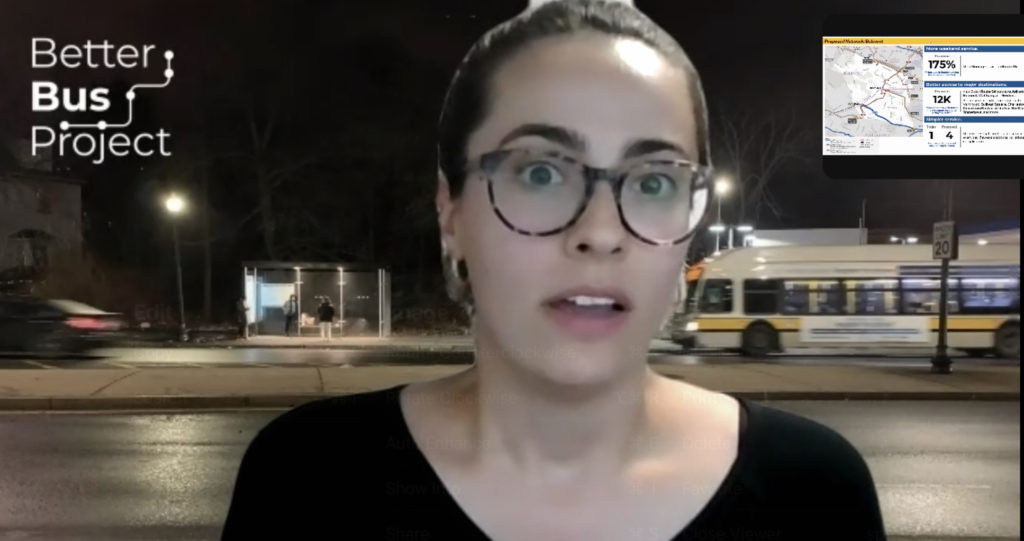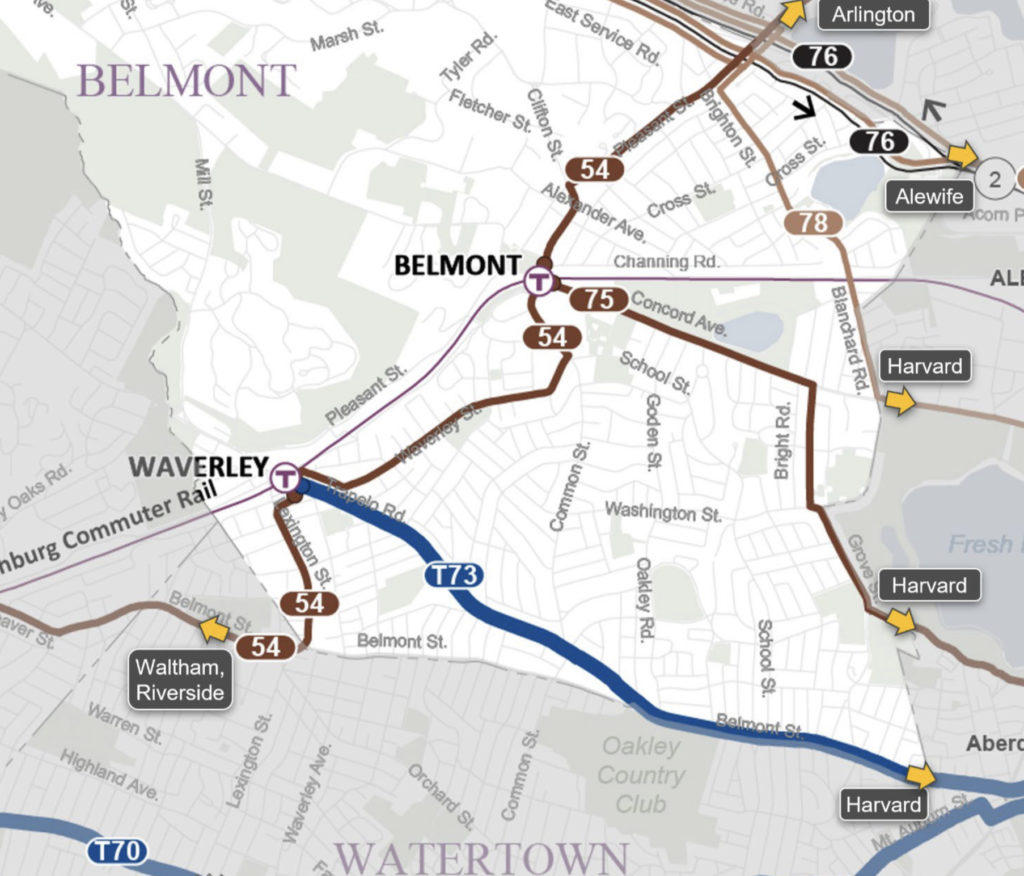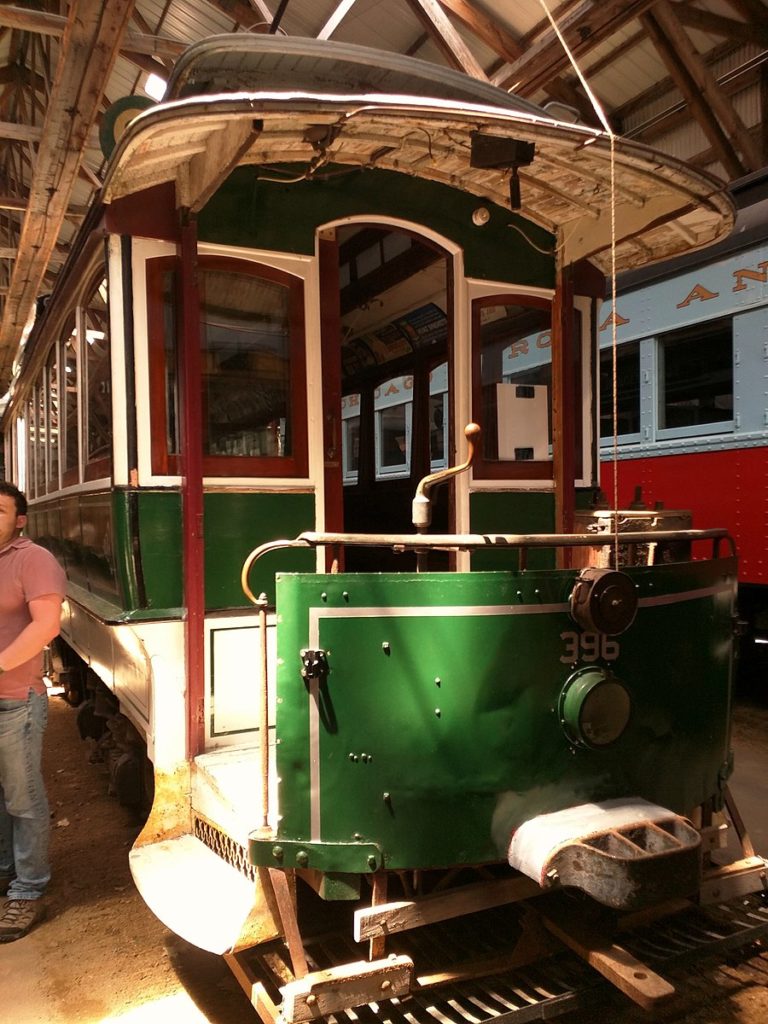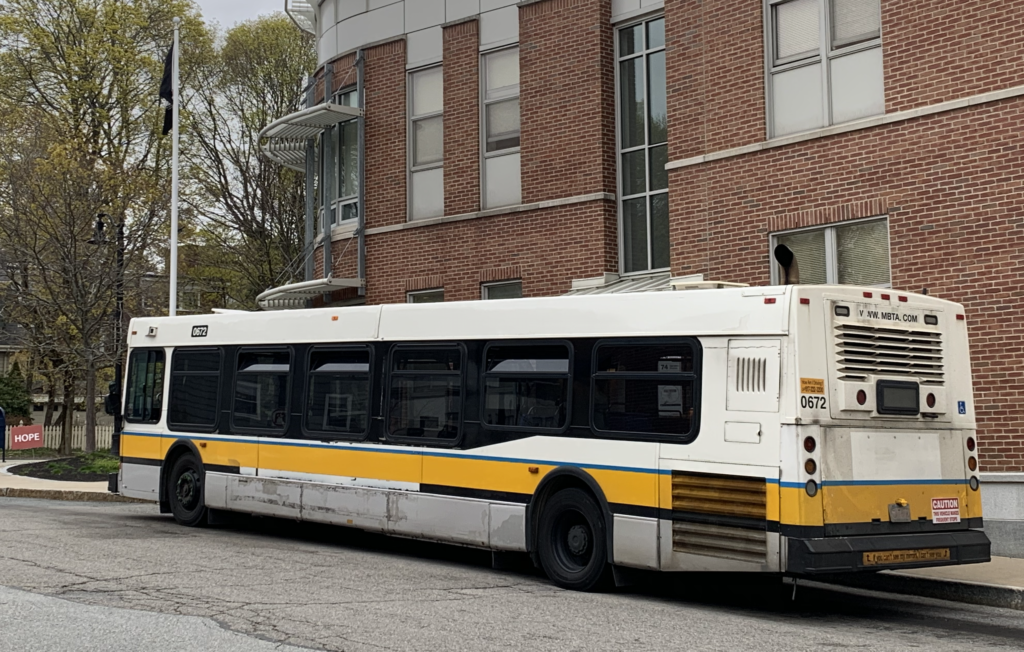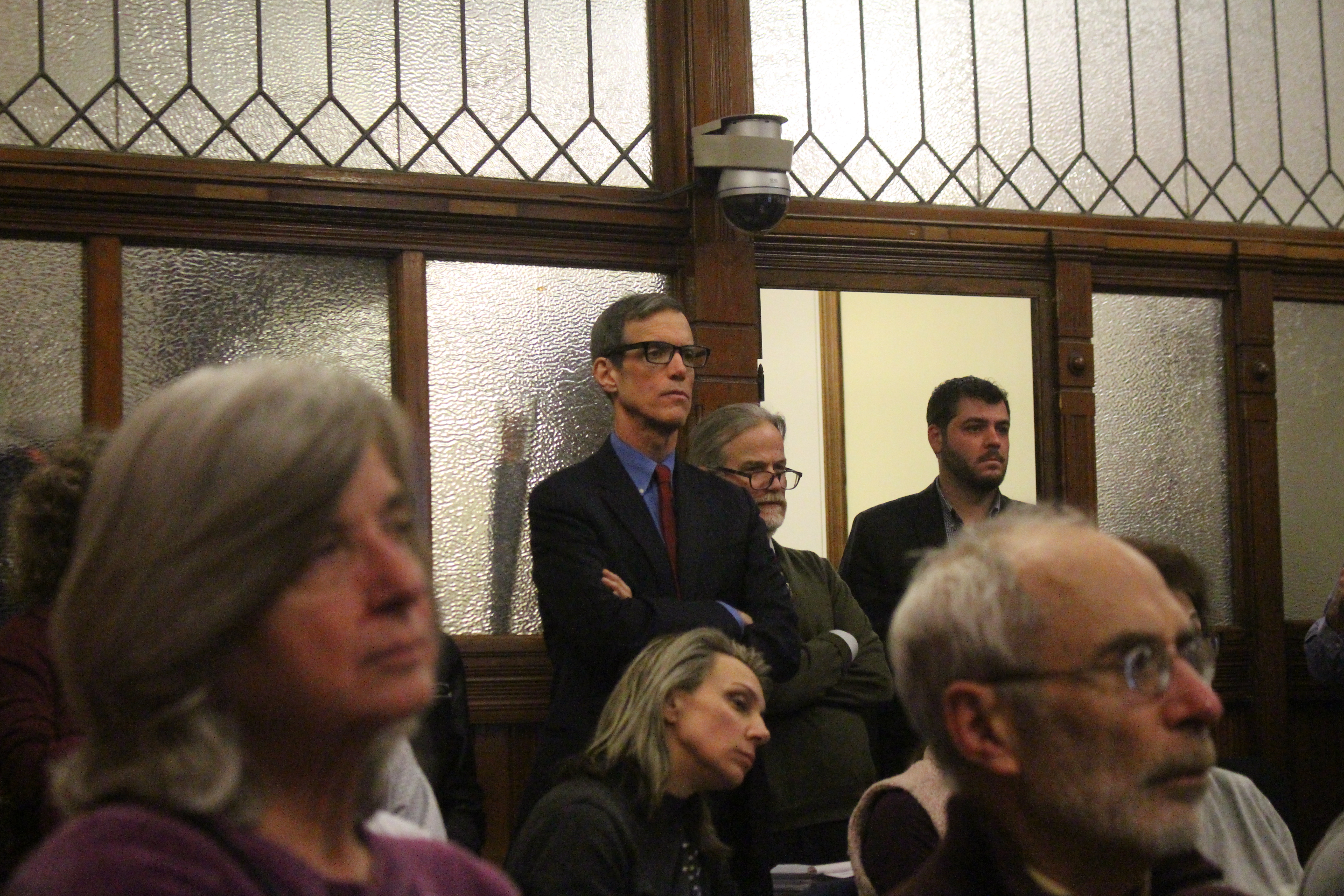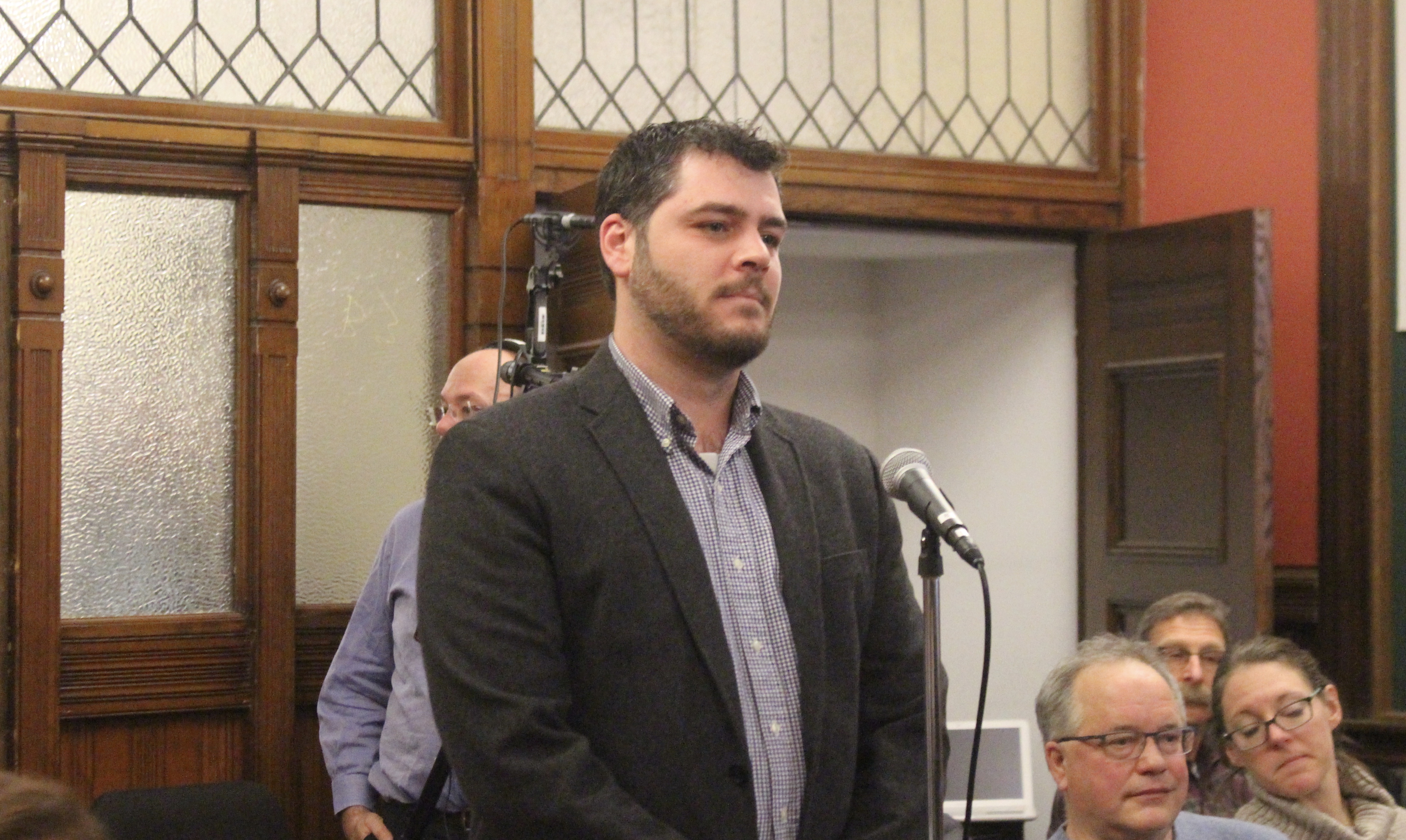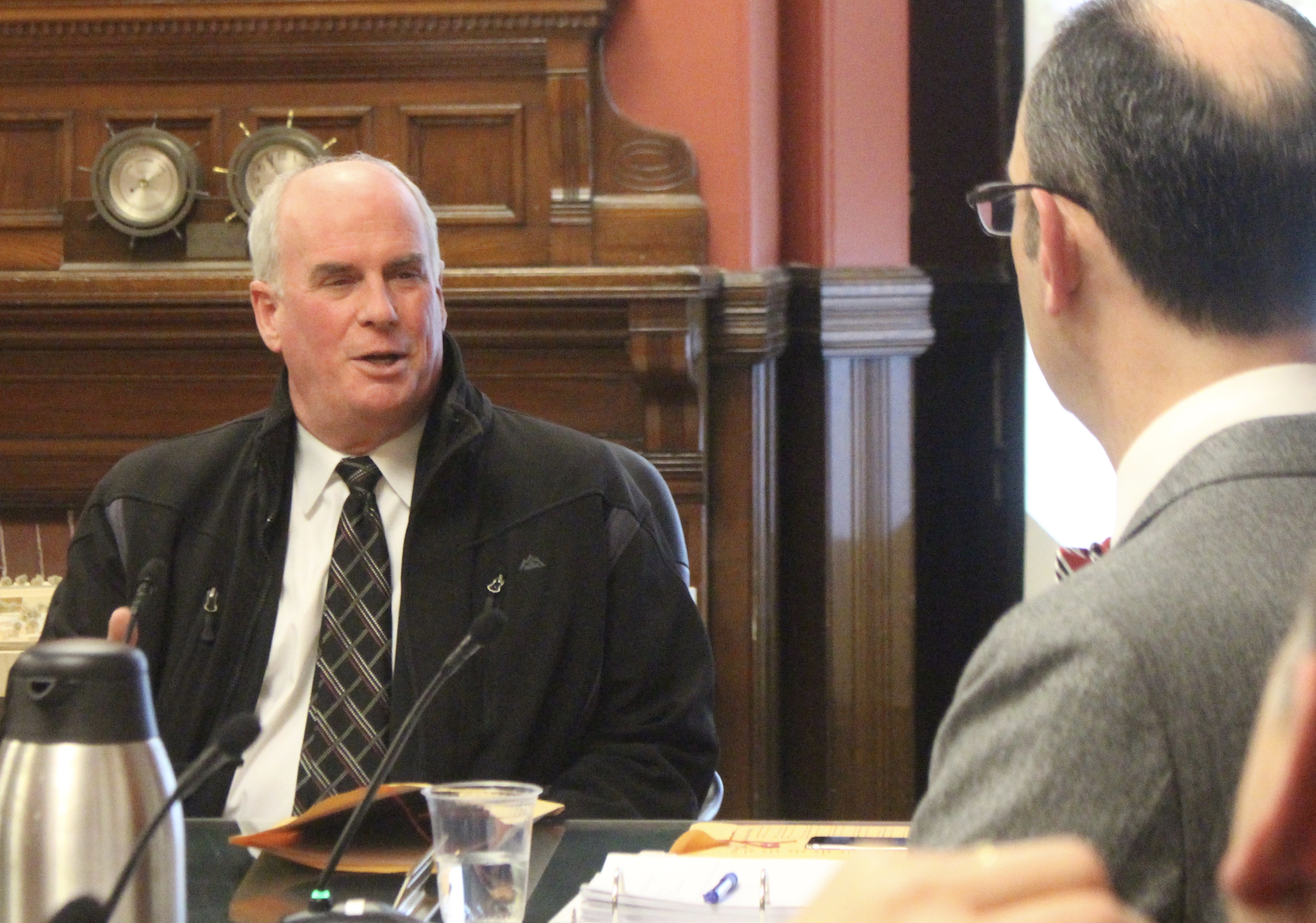Photo: Old Glory, Belmont
Thursday, July 4, the country observes Independence Day, commemorating the adoption of the Declaration of Independence in 1776 (The document was signed on July 2nd).
Massachusetts’ own John Adams, who signed the Declaration and was the nation’s second president, said the Fourth should be celebrated the day with “Pomp and Parade, with Shews, Games, Sports, Guns, Bells, Bonfires and Illuminations from one End of this Continent to the other from this Time forward forever more.” Adams would die on July 4th, 1826, the 50th anniversary of the document’s adoption, on the same day as the declaration’s chief author, Thomas Jefferson, the third president.
Other noted events occurring on July 4th:
1845: Henry David Thoreau moved to his cabin at Walden Pond in nearby Concord, where he wrote his series of reflective essays titled Walden; or, Life in the Woods.
1865: Lewis Carroll’s Alice’s Adventures in Wonderland was published.
1939: New York Yankee great Lou Gehrig gives his famous “Luckiest Man on the Face of the Earth” speech before 63,000 fans at the Stadium after being diagnosed with ALS.
1960: The 50-star US flag is flown for the first time.
For most Belmontians, the most impactful result of the holiday is that trash and recycling pick up will be interrupted for one day due to the holiday. So Thursday’s pickup will take place on Friday.
Here is what’s closed and open on the 4th of July.
Closed on the 4th
- Belmont Town Hall, the public library and town offices will also be closed on the 5th.
- State and Federal government offices.
- US Postal Service: Both Belmont post offices are closed; express delivery only.
- Banks.
Opened
- The Underwood Pool: Open to members and those purchasing day passes
- Retail stores: Open at owner’s discretion
- Supermarkets: Star Market on Trapelo Road in Waverley Square is open from 7 a.m. to 10 p.m., but the pharmacy will be closed.
- Coffee shops: Starbucks and Dunkin’s on Trapelo Road will operate during regular hours. The Dunks on Pleasant and Church will also be open.
- CVS: 89 Leonard St. (Belmont Center) Store 8 a.m. to 10 p.m., Pharmacy 10 a.m. to 2 p.m.
- CVS: 264 Trapelo St. Store 7 a.m. to 10 p.m., Pharmacy 8 a.m. to 9 p.m.
For those who want to do someday traveling using public transportation, the MBTA is running on the following schedule:
- Subway will run on a modified Saturday schedule until 3 p.m. After 3 p.m., the subway will run on a weekday schedule.
- Bus and the RIDE will run on a Sunday schedule.
- Commuter Rail will run on a weekend schedule. The last train on the Wachusett route, which serves Belmont and Waverley commuter stops, will be held at North Station until 11:25 p.m.
- There is no fare after 9:30 p.m. on all lines.
Where to see fireworks celebrations near-ish to Belmont:
- Arlington: Robbins Farm Park on Eastern Avenue. There will be music, refreshments, with the Boston Pops Orchestra and fireworks on a giant screen. Fireworks starting at 10:30 p.m.
- Boston/Cambridge: along the Charles River at the Esplanade, 10:30 p.m. A great option: Use the Paul Dudley White Charles River Bike Path along the Charles to get to Boston.
- Newton: Albemarle Field/Halloran Sports Complex, 9:10 p.m. Carnival rides, food trucks and a crafts fair starts at 1 p.m.
